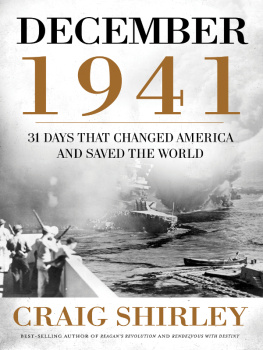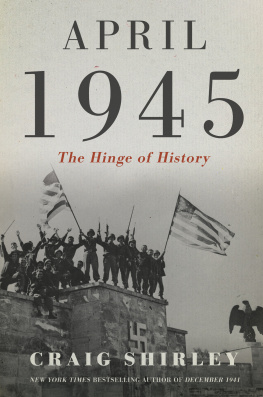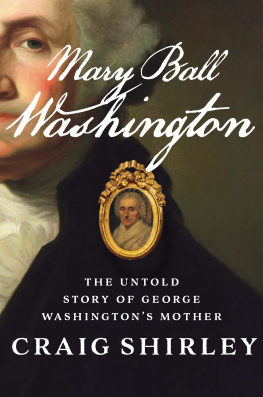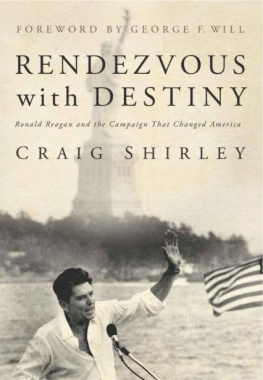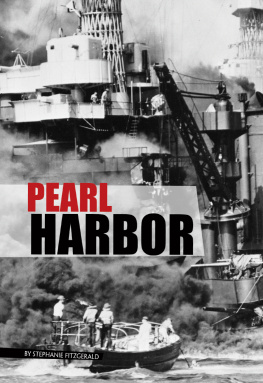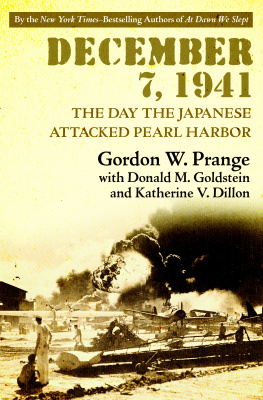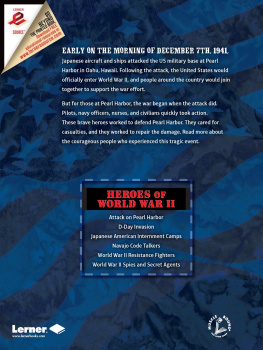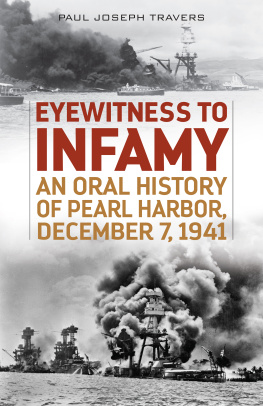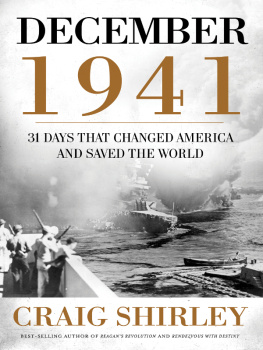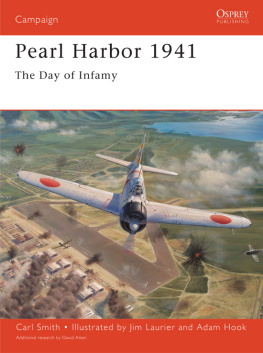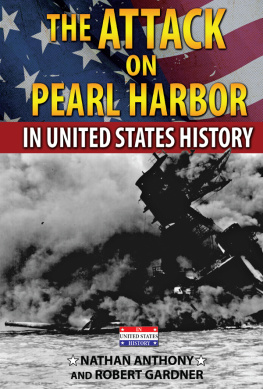
DECEMBER
1941
31 DAYS THAT CHANGED AMERICA
AND SAVED THE WORLD
CRAIG SHIRLEY
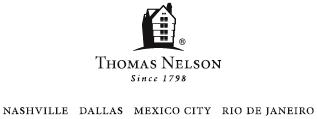
2011 by Craig Shirley
All rights reserved. No portion of this book may be reproduced, stored in a retrieval system, or transmitted in any form or by any meanselectronic, mechanical, photocopy, recording, scanning, or otherexcept for brief quotations in critical reviews or articles, without the prior written permission of the publisher.
Published in Nashville, Tennessee, by Thomas Nelson. Thomas Nelson is a registered trademark of Thomas Nelson, Inc.
Thomas Nelson, Inc., titles may be purchased in bulk for educational, business, fund-raising, or sales promotional use. For information, please e-mail SpecialMarkets@ThomasNelson.com.
Library of Congress Control Number: 2011940099
ISBN: 978-1-59555-457-4
Printed in the United States of America
11 12 13 14 15 QGF 6 5 4 3 2 1
Dedicated to family and friends who chose to serve...
Family
Henry Cone: Continental Army, First Company, First Regiment, Connecticut, 1775. Served: Siege of Boston, Battle of Bunker Hill. Third Regiment, Connecticut, 1776-1783. Served: Valley Forge and the Battles of Brandywine, Monmouth, and Long Island.
William Watkins: Continental Army, Fifth Company, Third Regiment, Connecticut, 1775. Served: Siege of Boston, Battle of Bunker Hill.
Andrew Cone: Served in the War of 1812.
ARM2C Ellsworth Abbott Shirley, USN, 43-45 (KIA); Cpl. Edward Cone, USAAC, 43-45 (WWII); Seaman Gilbert Abbott, USN, (WWII); Cpl. Herbert L. Cone, USA, 46-48; PFC Ronald Lee Shirley, USMC, 46-48; Airman William Mackintosh, USAF, 49-53; RI Edward Bruce Shirley, USA, 49-51; Cpl. Fred R. Mackintosh, USAR, 52-58; Daniel Jacob, USAF, 52-54/USAFR, 54-59; F2 Louis Mackintosh, USN, 61-63; Capt. Gerald E. Eckert, MD, USAR; Seaman Kyle Richard Shirley,73-74; Spc. 4 Michael L. Cone, USA, 72-75, (Vietnam); SSgt. Ronald J. Hauer, USAF, 7781; SSgt Tracy A. Eckert, USAR, 80-04; Pvt. Timothy Naumann, USA, 97-08; Lance Cpl. Edward Nathan Shirley USMCR, 99-05 (Iraq); Sgt. Sean Naumann, USMCR, 01-09; PV2 Ryan J. Cone, USA, 04/ USANG, 10-Present (Afghanistan); HM Andrew Abbott Shirley, USN, 07-08; Cpl. Robert G. Eckert, USA, 06-10; SPC Holly F. Eckert, USA, 06-present (Afghanistan); AFC Zachary Shirley, USAF, 09-present (Afghanistan).
Friends
Capt. Ronald Reagan, USAR, 37-42/USA 42-45; Col. Richard Snyder, USAF, 40-65 (WWII, German POW); PFC Ralph Jefferson Turner, USA, 40-45 (WWII, Japanese POW); 2LT Robert J. Dole, USA, 42-48 (WWII); LTJG George H.W. Bush, USN, 42-45 (WWII); Sgt. Franklyn Nofziger, 42-45 (WWII); HM Paul Laxalt, USA, 42-45 (WWII); MG John Singlaub, USAF, 43-77 (WWII, Korea, Vietnam); 1LT Frank Leonard, USAAC, 43-45 (WWII, German POW); ETM2C Richard Schweiker, USN, 44-46 (WWII); Seaman Stu Spencer, USN, 45-46 (WWII); Sgt. Victor Gold, USA, 50-52; Capt. John McCain, USN, 54-81 (Vietnam War, Vietnam POW); PFC Richard Glen Banister, USAR, 57-62 (Cuban Missile Crisis); Capt. James A Baker III, USMC, 52-54/ USMCR; LCDR Frederic Johnson, USN, 55-76; Spc. 4 Fred Barnes, USA, 60-62; QM3 Robert Livingston, USN, 61-67 (Cuban Missile Crisis); Capt. Michael McShane, USAF, 66-72 (Vietnam); Cdr. Michael Phelps, USN, 66-69/MANG, 82-86; Col. Thomas A. Vaughan, USA, 68-71/ USAR 71-98 (Vietnam); 1LT George W. Bush, USAFNG, 68-74; Capt. Tom Finnigan, USAR, 71-81; Spc. 4 Kevin Kabanuk, USA, 72-74; Capt. Rick Perry, USAF, 72-77; Col. Robert Rowland, USMC, 73-98; LC Kyle T. Fugate, USA, 86-09 (Afghanistan); LCDR Frank Lavin, USNR, 87-03; Maj. Stephanie Roell Fugate, USA, 95-04; Lt. Adam Paul Laxalt, USN, 05-10; HM2 Robert Staton, USN, 07-Present; HM3 Fletcher Carson, USN, 07-Present; 1LT Joseph M. Bozell, USMC, 07-Present (Afghanistan).
CONTENTS
Preface
CHAPTER 31: THE THIRTY-FIRST OF DECEMBER
I n 1941 a B-25 Mitchell bomber contained 107,156 rivets, each one inserted by hand. Often a womans hand.
That year, there were as many people on the left, such as Lowell Thomas and Al Smith, who were part of the isolationist America First Committee as there were people on the right, such as Charles Lindberg and Herbert Hoover.
The U.S.O. was created in 1941, as was the comic book character, Captain America. The first time an organ was played at a baseball game was in Chicago in 1941, and the first television commercial aired was in 1941 to tout Bulova Watches. The Red Ryder BB gun was also first introduced.
In 1941, the United States of America went to war with the Axis Powers including Japan, Germany, and Italy, changing America radically and forever.
Just three days before the December 7th attack, President Franklin Roosevelt received a long memorandum marked Confidential from the Office of Naval Intelligence, reviewing in detail all the subversive activities going on in America, including those emanating from the Japanese Embassy in Washington. The focal point of the Japanese Espionage effort is the determination of the total strength of the United States. In anticipation of possible open conflict with this country, Japan is vigorously utilizing every available agency to secure military, naval and commercial information, paying particular attention to the West Coast, the Panama Canal and the Territory of Hawaii.
A second reference specifically to the Hawaiian Territory was made in the memo. However, only the more important groups are of interest, since they are in a position to engage in espionage, sabotage and other acts inimical to the best interests of the U.S.... Each of these groups is at least strongly influenced if not directly controlled by similar ones in Japan. The confidential document prepared for Roosevelt went into great detail regarding the Japanese civilian presence in Hawaii.
The response by the U.S. military, government, and citizenry to the events of December 7 was quick and decisive, even if it was also often bumbling and haphazard. Everyone, I suppose, will be jotting down in a little black book somewhere the memories of Sunday, December 7where they were, what they were doing, what they thought when they first heard of the war. Let me tell youyou dont have to make a note of those things. Youll remember them. So wrote famed sports columnist Bill Henry in his By the Way column in the Los Angeles Times on December 9. This was true enough, but the entire thirty-one days of December 1941 were memorable, messy, historic, poignant, confusing, inspiring, depressing, and enduring.
After December 7, 1941, the policies towards the Japanese, Germans and Italians living in America were harsh and comprehensive but, because the government believed the Germans, and the Japanese had incredible spy and sabotage networks operating in the United States and the Hawaiian Territory, the reaction by the government at the time, they felt, was justified.
At the end of December 1941, Americans still werent calling it World War II or the Second World War, though there were hints of the standard appellations to come. Even three weeks after Americas entry into the global crisis, Americans were still calling it the national emergency or the war. I didnt learn many of these and thousands of other things just from researching books during the development stages of December 1941; I learned many of these facts from the newspapers, magazines and other publications of the era as well.
Washington Post publisher Phil Graham once said, newspapers were the first rough draft of history. The phrase had been attributed to others before Graham, but he gets the credit for it. So much of the sourcing for this book comes from hundreds of newspapers and thousands upon thousands of newspaper and magazine articles around the country and wire service bulletins and radio dispatches and short-wave intercepts sifted through to build the following account. But private diaries, personal papers, and confidential and classified materials were also heavily relied upon for this story.
Next page
